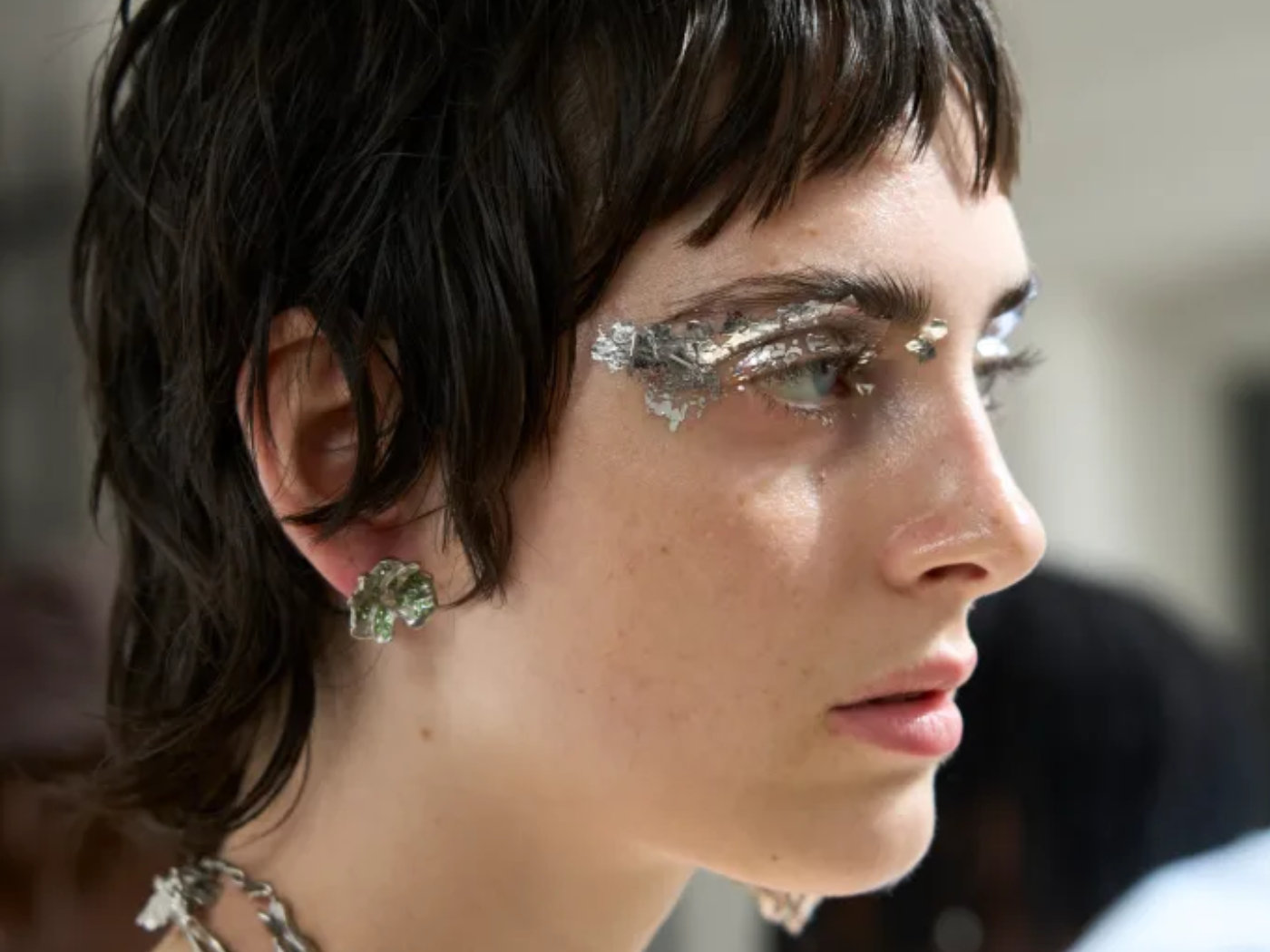Advertising has long shaped how women are seen in society. This is especially so for the beauty category: In the early aughts, beauty-focused TV ads were filled with unrealistic depictions of women, from overly photoshopped bodies and faces to unreasonably thin models.
The beauty category has arguably seen the biggest evolution in the accurate portrayal of women in the last decade. Whereas beauty ads used to place a woman’s entire worth in her appearance – something the industry still grapples with today – beauty advertisers are now making a concerted effort to step away from depicting “perfection” and toward more realistic, diverse, and relatable imagery.
Still, there’s work to be done, per research from SeeHer. Nearly half of women (47 percent) say they want to see themselves depicted in ads as they are, in real-life situations. Yet, 63 percent of ads show women in more passive roles and only seven percent of ads feature women being active in their own lives, as achieving their goals.
While the industry is on the right path, beauty advertisers should increasingly invest in ads that promote diversity and equity. New research from SeeHer and frequent collaborator EDO explains why.
Research: Why the accurate portrayal of women in advertising is good for business
Equitable representation of girls and women in advertising is not only the right thing to do, it’s also good for business. EDO and SeeHer joined forces last year with a mission to prove just that.
EDO measures the actual actions viewers take in response to TV ads with a historical database of over 200 million ad airings and 1.5 million creatives, dating back to 2015. The company has the ability to capture the moment when consumers connect the dots between the TV ads they see and what they do online afterward.
SeeHer launched in 2016, as part of the Association of National Advertisers (ANA) in partnership with The Female Quotient. The organization developed a Gender Equality Measure (GEM) score, which is the first data-driven methodology for identifying gender bias in media. GEM measures 200,000-plus ads, representing 87 percent of worldwide ad spend.
Together, the companies’ data proves a positive correlation between GEM scores and ad efficacy – as detailed by an increase in branded online search. That means if a brand has ads on TV that are scoring well from a gender equality standpoint, EDO found the same results for consumer behavior.
“Gender equality drives real change in terms of growth and market share,” said Rebecca Cohen, Vice President of Brand Partnerships at EDO. “This underscores that gender equity isn’t just a social politics conversation – it also supports brands’ bottom lines.
Brands with high GEM scores see a 49 percent lift in brand reputation, while beauty brands in particular see a 43 percent lift. That is the second highest increase among 15 categories, as per SeeHer.
EDO analyzed a sample of brands across multiple categories and found that TV ads with a GEM score in the top 20 percentile saw a lift in consumer engagement of up to 42 percent for the brand advertised. Meaning, ads that scored higher in SeeHer’s gender equality metric also generated a higher level of consumer response after seeing the ad air on national TV.
At the category level, EDO discovered that beauty brands with GEM scores in the top 20 percent saw a similar lift — up to 39 percent for the brand advertised.
Ads with high GEM scores – or ads that rank high in diversity – drive double-digit increases in brand reputation and purchase intent across all global markets. Layering on that, SeeHer data shows that higher GEM scores equal a 56 percent boost in brand reputation, and positive ROI tied to high GEM scores can increase sales up to five times.
Optimizing beauty ads for inclusivity
With a high propensity of female consumers, beauty is a category that can benefit from the work done by EDO and SeeHer.
“We have created a real-time efficacy metric that can be linked to actions consumers take when they are curious about a brand – and what steps they have taken to digitally engage with that brand,” said Cohen.
Beauty is a key category in shaping perceptions around how women are seen, according to Jeannine Shao Collins, President of SeeHer. She advised that brands need to present images of women that are aspirational, yet approachable.
“Our research on predictive drivers for successful gender portrayals proved that aspirational beauty ads with relatable role models, even including celebrities who combine beauty with approachability, tend to exceed the Gender Equality Measurement norms,” said Shao Collins.
Beauty brands can leverage SeeHer’s GEM scores and EDO’s consumer behavioral data to test and learn how women truly want to be seen. Accurate portrayals drive consumer intent to purchase, and beauty advertisers who invest in diverse and equitable TV advertising are sure to reap the benefits.




